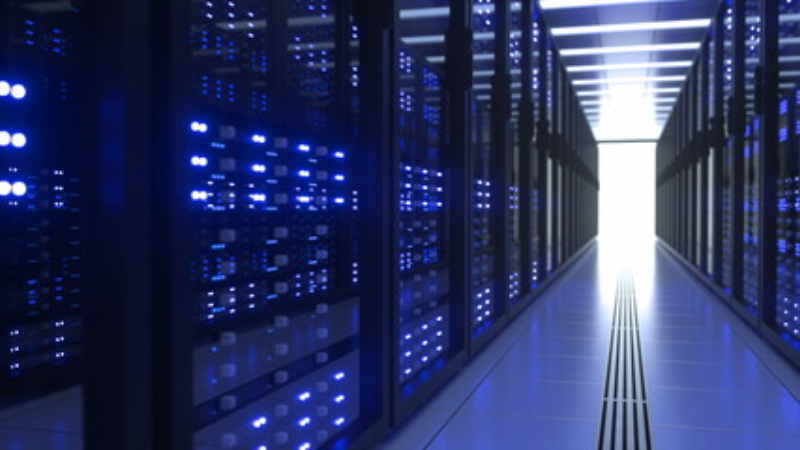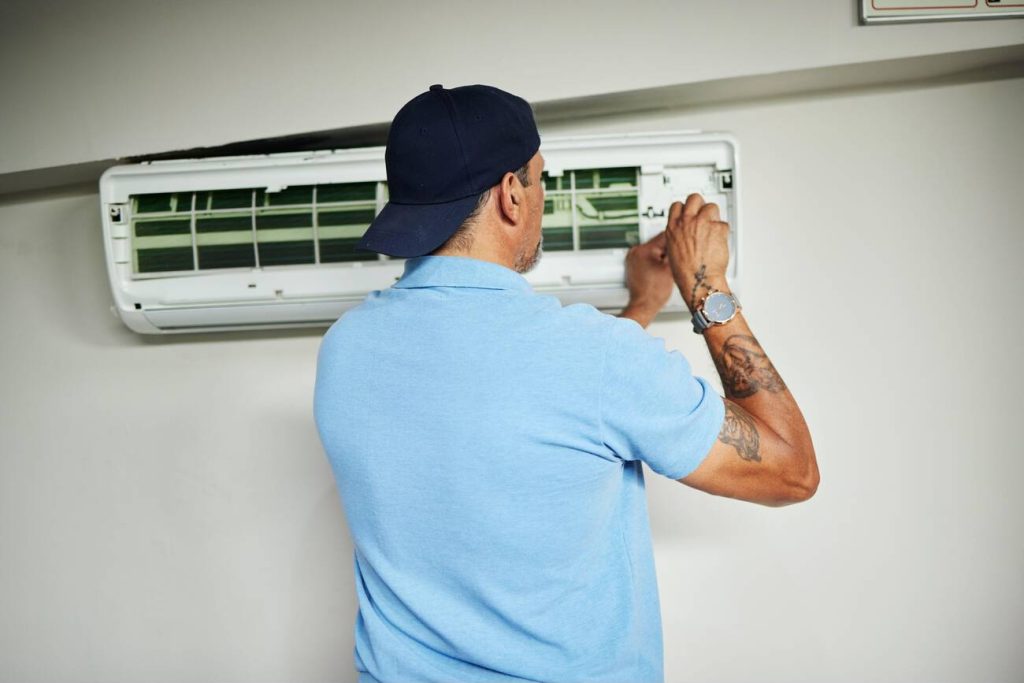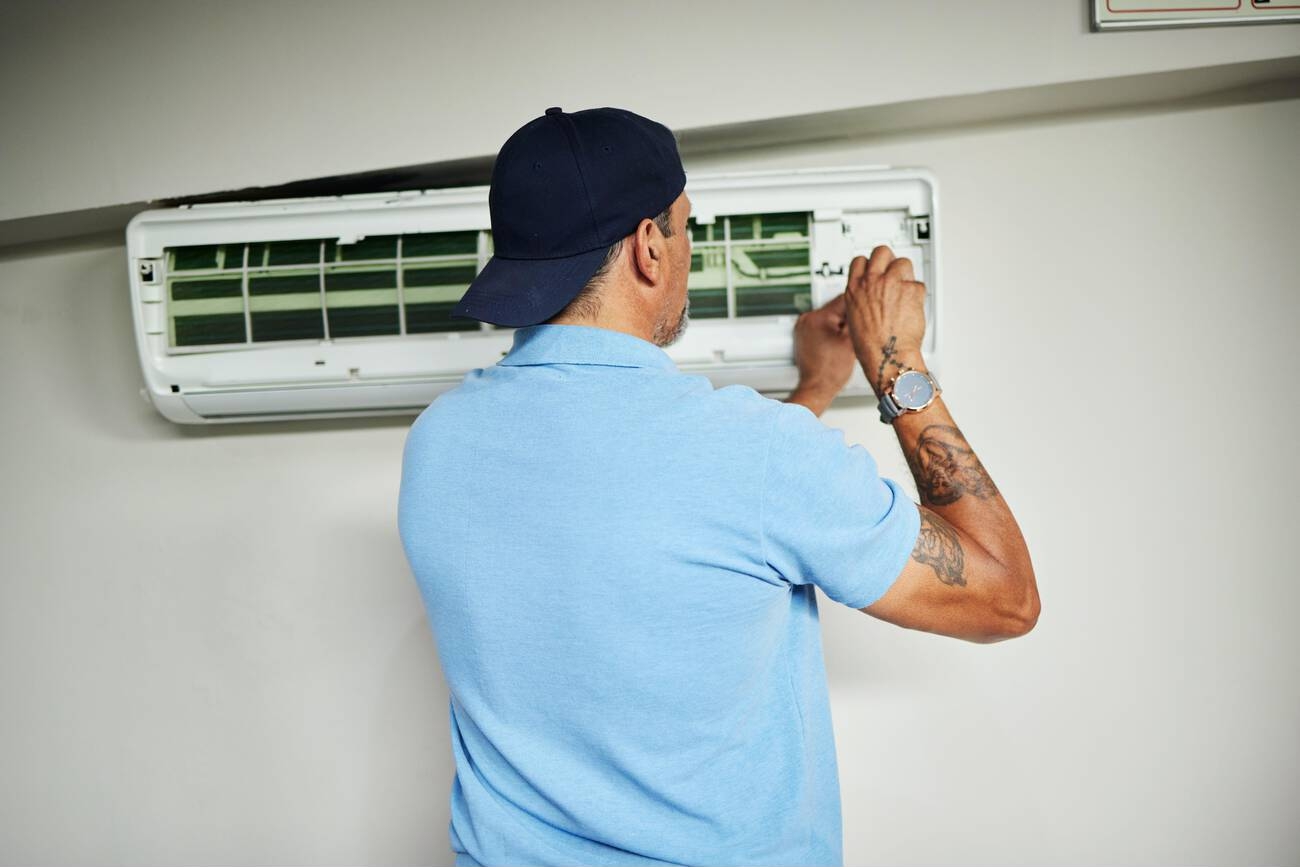Are you struggling to measure the performance of your data center? In this article, we will guide you through the process of evaluating and optimizing your data center’s performance. Discover key metrics for measuring performance, learn how to monitor and analyze network performance, assess server and hardware efficiency, analyze storage and data management, and evaluate energy efficiency and sustainability. Follow these best practices to ensure your data center is operating at its full potential.
Importance of Data Center Performance
To understand the significance of data center performance, you need to recognize its crucial role in the efficiency and effectiveness of your operations. A well-performing data center is essential for businesses that heavily rely on technology and data processing. It ensures that your systems and applications run smoothly, allowing you to deliver services and products to your customers without disruptions.
Data center performance directly impacts your organization’s productivity and profitability. A poorly performing data center can lead to slow response times, system crashes, and data loss, resulting in significant downtime and financial losses. On the other hand, a high-performing data center enables faster processing and analysis of data, improving decision-making and enabling you to respond quickly to market changes.
Moreover, data center performance directly affects customer satisfaction. In today’s digital age, customers expect fast and reliable services. If your data center is not performing optimally, it may lead to frustrated customers, negative reviews, and even loss of business to competitors with better-performing data centers.
In addition to operational efficiency and customer satisfaction, data center performance also plays a crucial role in data security. A well-performing data center ensures that your data is protected from unauthorized access, data breaches, and other security threats.
Key Metrics for Measuring Performance
To accurately measure data center performance, you should focus on key metrics that provide quantitative insights into its efficiency and effectiveness. These metrics serve as indicators of the data center’s overall health and performance, helping you identify areas for improvement and optimize resource allocation. One crucial metric is Power Usage Effectiveness (PUE), which measures the ratio of total facility power usage to IT equipment power usage. A lower PUE indicates better energy efficiency and reduced operating costs. Another important metric is Data Center Infrastructure Efficiency (DCIE), which is the reciprocal of PUE and represents the percentage of power used by IT equipment compared to total facility power usage. DCIE provides a clear measure of how effectively the data center’s infrastructure supports its IT operations. Additionally, you should consider metrics like server utilization, which measures the percentage of server capacity being utilized, and mean time between failures (MTBF), which quantifies the reliability of the data center’s equipment. By tracking and analyzing these key metrics, you can gain valuable insights into the performance of your data center and make informed decisions to optimize its operations.
Monitoring and Analyzing Network Performance
Start by monitoring and analyzing the performance of your network. Network performance is a critical aspect of data center operations, as it directly impacts the efficiency and reliability of your systems. By closely monitoring and analyzing network performance, you can identify bottlenecks, latency issues, and other potential problems that may affect the overall performance of your data center.
To effectively monitor network performance, you need to collect and analyze various metrics. These metrics can include network utilization, latency, packet loss, and throughput. Monitoring tools such as network analyzers and performance monitoring software can help you gather this data in real-time. Additionally, you can set up alerts and thresholds to notify you when specific performance metrics exceed predefined limits.
Analyzing network performance involves identifying patterns and trends in the collected data. This analysis can help you understand how your network behaves under different conditions and identify areas for improvement. For example, you may discover that certain applications or devices are causing network congestion, leading to slower performance. With this information, you can take corrective actions such as optimizing network configurations or upgrading equipment to improve network performance.
Assessing Server and Hardware Performance
Assess the performance of your servers and hardware to ensure optimal data center operations. To effectively evaluate your server and hardware performance, consider the following factors:
- CPU Utilization: Monitor the CPU usage to determine if it’s operating at its maximum capacity. High CPU utilization may indicate a need for hardware upgrades or workload optimization.
- Memory Usage: Analyze memory utilization to ensure sufficient memory is available for applications and processes. Insufficient memory can lead to performance issues and system crashes.
- Disk I/O: Measure the input/output operations per second (IOPS) of your disks. High disk I/O can cause latency and slow down application performance. Consider implementing storage solutions like solid-state drives (SSDs) to improve IOPS.
- Network Throughput: Evaluate the network performance by measuring the data transfer rate between servers. A slow network can impact application response times and user experience. Ensure that network bandwidth is sufficient to handle the workload.
Regularly monitoring and analyzing server and hardware performance is essential for maintaining a well-functioning data center. By identifying bottlenecks and addressing them promptly, you can optimize resource allocation, improve system reliability, and deliver better performance to your users.
Analyzing Storage and Data Management Efficiency
Continue evaluating storage and data management efficiency by examining the effectiveness of your data storage systems and processes. Analyzing storage and data management efficiency is crucial for ensuring optimal performance and cost-effectiveness in your data center. Start by assessing the capacity utilization of your storage devices. Look at the percentage of storage space being used and identify any potential bottlenecks or inefficiencies. Consider implementing technologies like thin provisioning and data deduplication to maximize storage utilization and reduce wastage.
Next, evaluate the performance of your storage systems. Measure the IOPS (Input/Output Operations Per Second) to understand how well your storage devices are handling read and write requests. Identify any performance issues and consider implementing technologies like caching, tiered storage, or solid-state drives (SSDs) to improve performance.
Additionally, analyze your data management processes. Assess the efficiency of data backup and recovery procedures, as well as data replication and synchronization processes. Ensure that your backup strategies are effective and that data can be restored quickly in case of a failure. Implementing data lifecycle management practices can help optimize storage resources and improve data accessibility.
Lastly, consider the scalability and flexibility of your storage and data management solutions. Evaluate whether they can accommodate future growth and changing business needs. Assess the ease of provisioning and managing storage resources to ensure efficient utilization of your data center’s capabilities.
Evaluating Energy Efficiency and Sustainability
To ensure optimal performance and cost-effectiveness in your data center, it is important to consider the evaluation of energy efficiency and sustainability. By assessing and improving the energy efficiency of your data center, you can reduce operating costs and minimize the environmental impact. Here are four key factors to consider when evaluating energy efficiency and sustainability in your data center:
- Power Usage Effectiveness (PUE): PUE is a metric that measures the ratio of total facility power usage to the power consumed by IT equipment. A lower PUE indicates higher energy efficiency, as less power is wasted on non-IT activities.
- Energy-efficient hardware: Choosing energy-efficient servers, storage devices, and networking equipment can significantly reduce power consumption in your data center. Look for ENERGY STAR certified products and consider virtualization and consolidation to optimize resource utilization.
- Cooling efficiency: Cooling systems can consume a significant amount of energy in data centers. Evaluate and optimize the airflow management, temperature control, and cooling techniques, such as hot aisle/cold aisle containment and free cooling, to minimize energy usage.
- Renewable energy sources: Incorporating renewable energy sources, such as solar or wind power, can help make your data center more sustainable and reduce dependence on fossil fuels. Consider on-site renewable energy generation or purchasing renewable energy credits.
Best Practices for Optimizing Data Center Performance
Optimizing data center performance begins with implementing efficient operational practices. By following best practices, you can ensure that your data center operates at its maximum potential, delivering excellent performance and minimizing downtime. Here are three key areas to focus on for optimizing data center performance:
- Power and Cooling Management: Efficient power and cooling management are crucial for data centers. By implementing advanced power distribution units (PDUs) and cooling systems, you can ensure that your equipment operates at optimum temperature and power levels. Regularly monitoring and maintaining these systems will help identify and address any potential issues before they escalate.
- Capacity Planning: Effective capacity planning allows you to allocate resources efficiently and avoid overloading your data center. Conduct regular assessments of your infrastructure, including server utilization, storage capacity, and network bandwidth. By identifying areas of potential bottlenecks or underutilization, you can make informed decisions on resource allocation and optimize performance.
- Monitoring and Analytics: Real-time monitoring and data analytics provide vital insights into your data center’s performance. Implementing a comprehensive monitoring system allows you to track key performance indicators, such as CPU utilization, network latency, and storage usage. By analyzing this data, you can identify trends, troubleshoot issues, and make informed decisions for optimization.
Table: Best Practices for Optimizing Data Center Performance
| Best Practices | Description |
|---|---|
| Power and Cooling Management | Implement advanced PDUs and cooling systems, and regularly monitor and maintain them. |
| Capacity Planning | Conduct regular assessments of infrastructure to allocate resources efficiently. |
| Monitoring and Analytics | Implement a comprehensive monitoring system to track key performance indicators and analyze data. |




